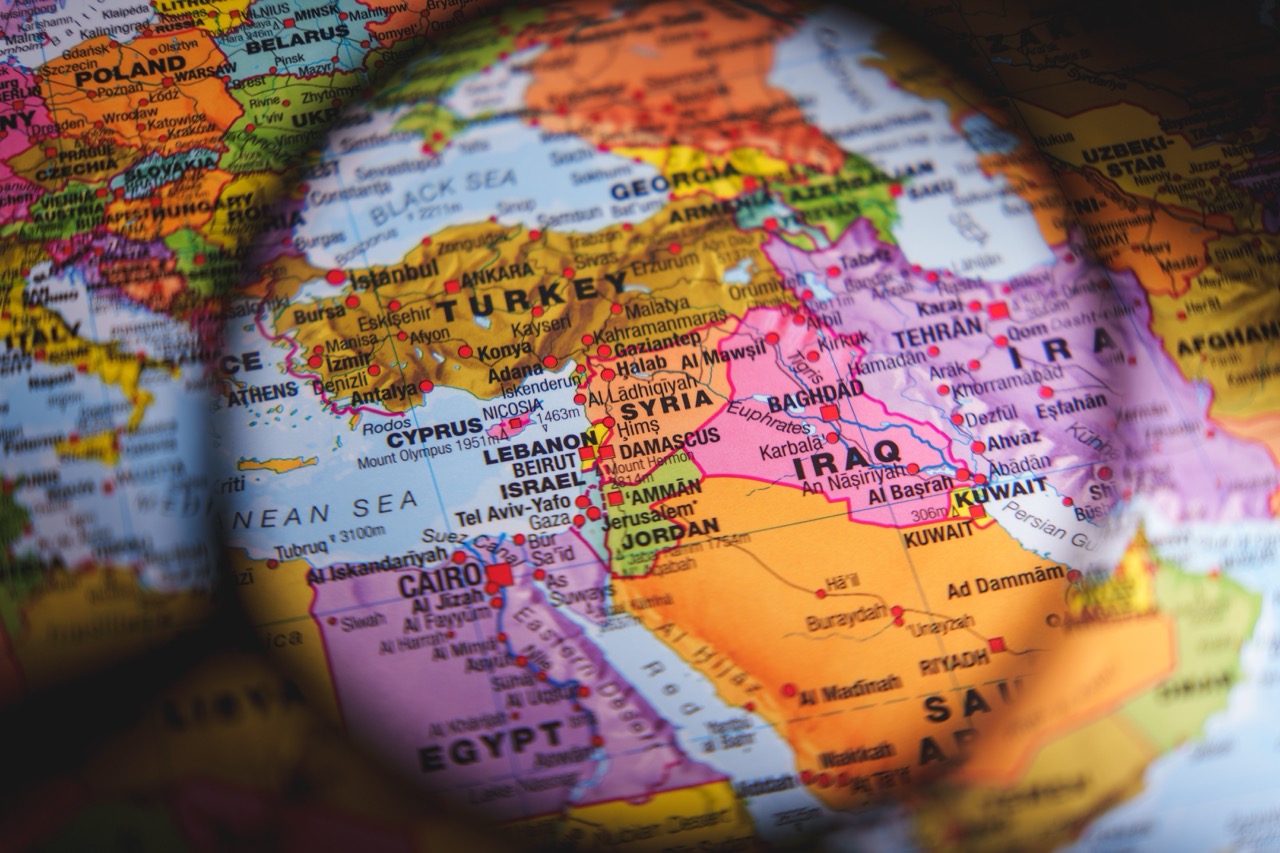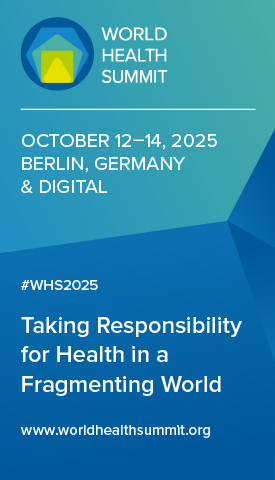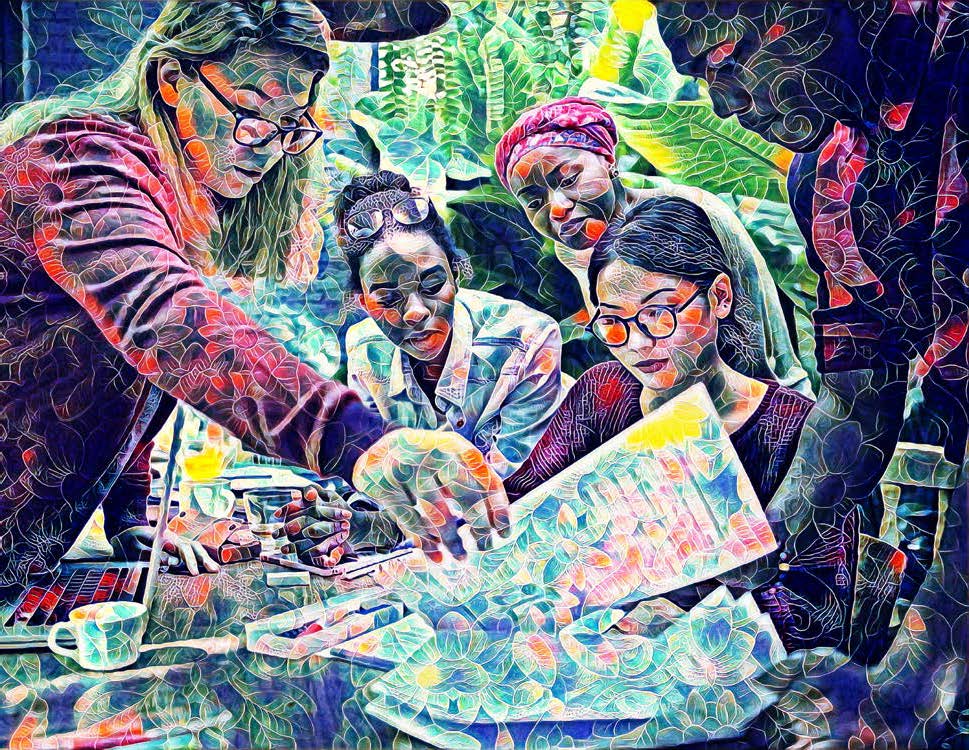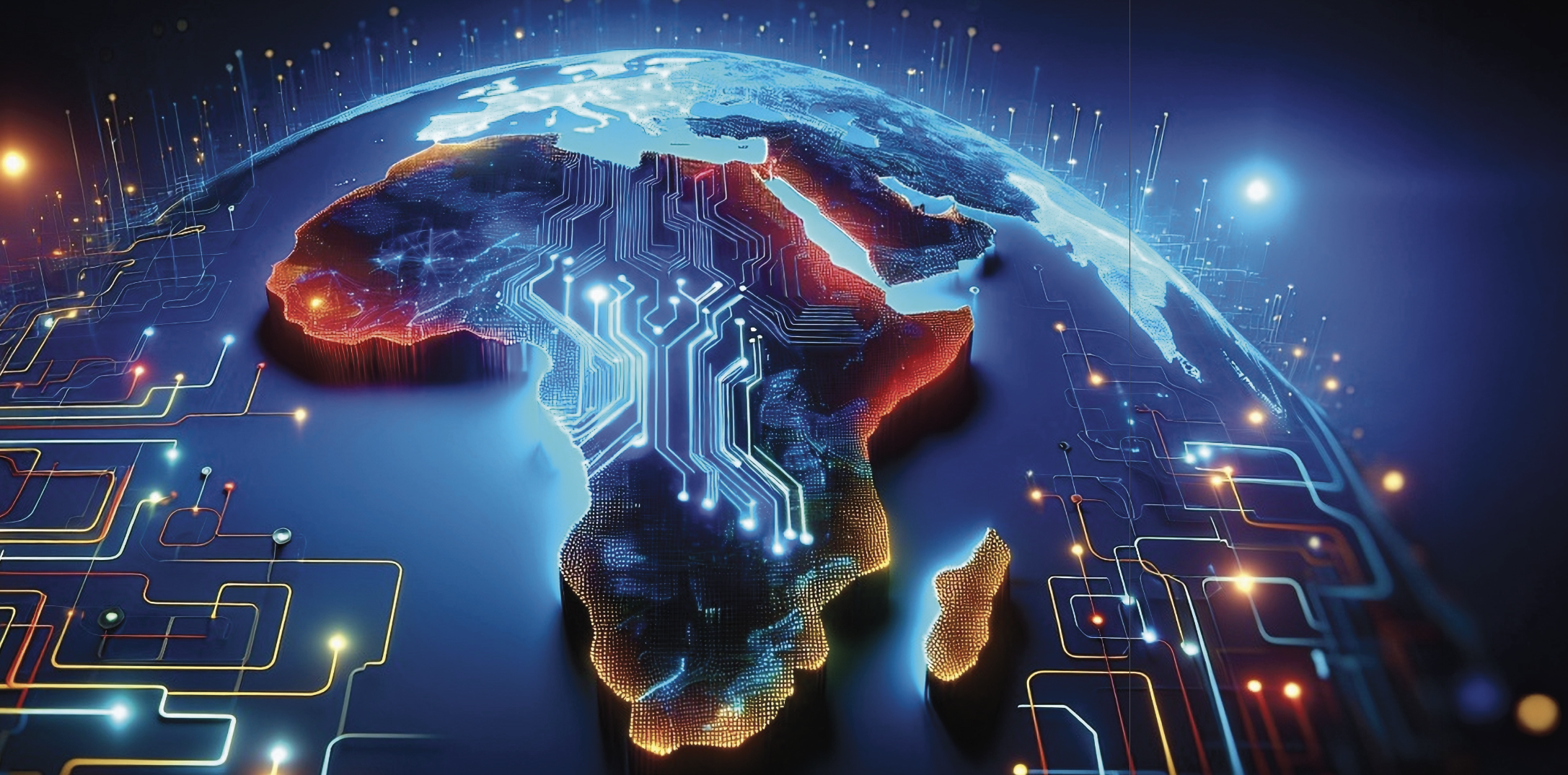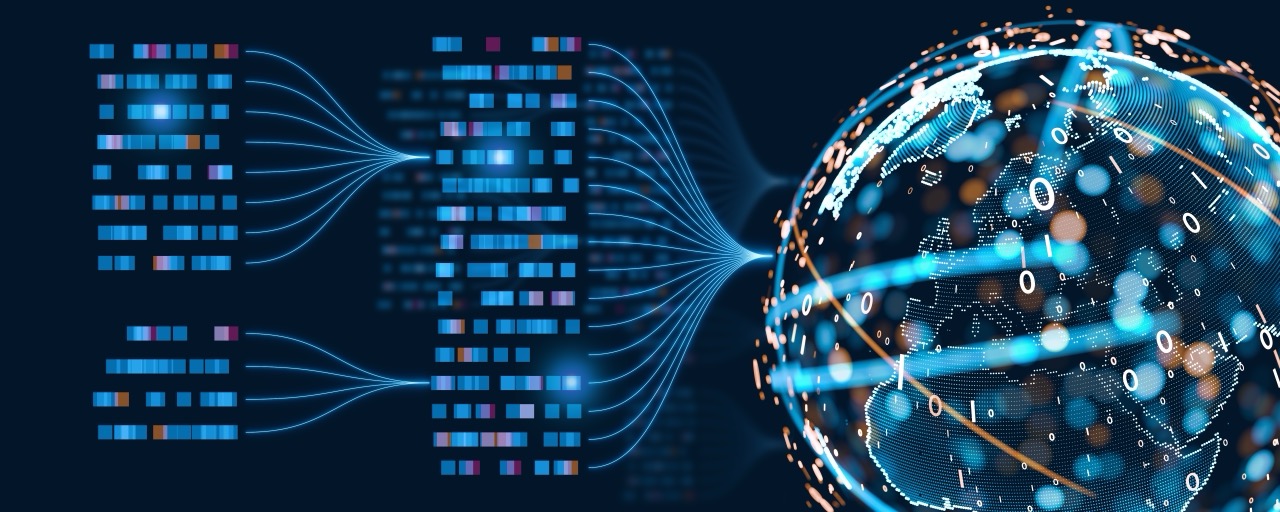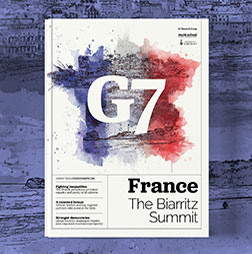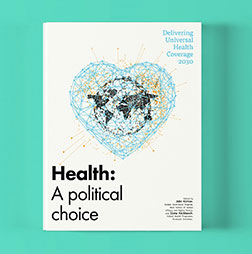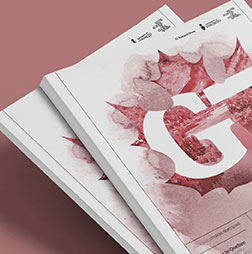Charting a path to stability in the Middle East
What are the prospects for a durable ceasefire in Gaza?
The prospects are rather distant. The war in Gaza has fallen in international attention. There’s inadequate pressure on all the parties – particularly Israel – to build a credible pathway beyond the military dynamics. Without external pressure, Israel’s strategy is to create a buffer zone and perhaps advance the depopulation of the Gaza strip, as well as transfer the burden of security to its Arab neighbours. Hamas is fighting for its political survival, if not broader legitimacy, and is not incentivised to think about next-day, longer-term solutions. A coordinated international effort is needed to press all the parties to commit to a ceasefire, maintain a strict timeline and commit to a political, not military, solution.
What is needed to resolve the conflict between the United States and the Houthis?
The Houthis have a high risk tolerance. They’ve become more emboldened through the war in Gaza and the US and UK military efforts against them. A reinvigorated peace process needs to bring together all the parties involved in the war that began in 2015. That process must include incentives and also serious united regional and international pressure to restore governance in a united Yemen. Empowering the internationally recognised government also to be a party to that process is a simultaneous and necessary step. Unfortunately, this political process is far off, because none of the actors want to rehabilitate the Houthis as legitimate political players in Yemen. The result is another standoff. Without a political runway, military efforts alone cannot achieve the needed outcomes that can support Yemenis.
Is an Iranian-US-Israeli agreement to end that conflict possible?
There’s an urgent need for a broad regional and international agreement that addresses Iran’s advancing nuclear programme, as well as the broader regional security dynamics that have exploded over the past 18 months – especially as the Iran nuclear agreement will expire in October 2025. A diplomatic process is needed that can reimpose restraints on Iran in exchange for durable sanctions relief. There’s an opportunity with an ambitious, motivated US president. But there are many roadblocks, including Israel, which is looking to set back Iran’s programme in a military way. There’s also very little trust between Tehran and Washington since President Donald Trump withdrew the US from the agreement in 2018. Indeed, there has been no meaningful diplomatic engagement between them for 46 years. So the pathway is a multilateral one, and it requires determined engagement from Germany, France and the UK – alongside Gulf states equally invested in a de-escalation rather than a military solution. Otherwise, what lies ahead is military conflict, led by Israel, or the weaponisation of Iran’s nuclear programme, or both.
How could today’s Syria become a multi-ethnic, peaceful, prosperous state?
The newly formed Syrian government has tried to pull together a representative Syrian government. However, the timeline to write and build consensus on a new constitution and an electoral process appears to be a lengthy five years. The recent US announcement to lift sanctions against the Syrian government will alleviate the country’s economic problems and make it easier to hold this government accountable. However, there needs to be a milestone plan for sanctions relief tied to political steps that are more immediate. Economic relief is urgently needed alongside engagement with the Syrian people, the empowerment of Syrian civil society, and a multilateral regional process supported by Europe, the US and the G7 to protect inclusive government, which is the ultimate aim of everyone involved.
What are the prospects for ending Lebanon’s deadly conflicts?
Lebanon is the most optimistic of the situations in the Middle East. A pragmatic presidential candidate and prime minister have emerged who are committed to using the weakening of Hezbollah and the military conflict to rewrite the balance of power within the country. What is needed is a combination of diplomatic pressure and a new agreement among political actors and parties in the Lebanese system to be more accountable and to support good governance. The demilitarisation of Hezbollah must be built into the process; it cannot come just from pressure. There also needs to be incentives for Hezbollah to support such developments. A complicated, very delicate process of negotiation must ensue. But there is an appetite within Lebanon and from key regional actors in the Middle East. The west can play a necessary scaffolding and shepherding role.
How can G7 leaders best help in the Middle East?
First, these conflicts in the Middle East are intertwined. They bring together states and nonstate actors, including western allies and also China, Russia and Iran. Unravelling them requires sustained diplomatic attention – hard to deliver given global fragmentation and bilateral and multilateral challenges. It also requires sustained support from an entity such as the G7 whose members can work together to support these governance and accountability processes.
Second, these conflicts can no longer be bandaged over. They require political settlements attached to processes that need pressure and incentives to achieve proper resolution.
Third, the spillover of conflict from the Middle East has global and geoeconomic complications, so the G7 has a responsibility to support conflict resolution in the region for economic and security reasons and because these conflicts have led to domestic tensions in almost all the G7 members.
